Isosceles Triangle
An isosceles triangle is a type of triangle that has two sides of equal length. These two equal sides are called the legs, and the third side is called the base. The angles opposite the legs are also equal in measure, and they are called the base angles.
Properties of an Isosceles Triangle:
- Two sides are equal: In an isosceles triangle, two sides (legs) are of the same length.
- Two angles are equal: The angles opposite the equal sides are congruent (of the same measure).
- The base angles: The angles formed by the base and each of the congruent sides are equal in measure.
- The base: The side opposite the vertex where the two legs meet is called the base.
Formulas and Theorems:
Here are some important formulas and theorems related to isosceles triangles:
- Area of an Isosceles Triangle: The area (A) of an isosceles triangle can be calculated using the formula: A = (1/2) * base * height
- Perimeter of an Isosceles Triangle: The perimeter (P) of an isosceles triangle can be found by adding the lengths of all three sides: P = side1 + side2 + base
- Isosceles Triangle Theorem: If two sides of a triangle are congruent, then the angles opposite those sides are also congruent.
- Converse of the Isosceles Triangle Theorem: If two angles of a triangle are congruent, then the sides opposite those angles are also congruent.
Example Problems:
Let's work through some example problems related to isosceles triangles:
- Find the area of an isosceles triangle with a base of 8 cm and a height of 6 cm.
- Determine the measure of the base angles in an isosceles triangle if each of the congruent sides has a length of 5 inches.
Solution: Using the area formula A = (1/2) * base * height, we can substitute the given values: A = (1/2) * 8 cm * 6 cm = 24 square cm
Solution: Since the sides are congruent, the base angles will also be congruent. We can use the fact that the sum of the angles in a triangle is 180 degrees, so each base angle will be (180 - measure of the vertex angle)/2 = (180 - 40)/2 = 70 degrees.
Summary:
Isosceles triangles are a special type of triangle with two sides of equal length and two congruent angles. Understanding the properties, formulas, and theorems related to isosceles triangles is important in geometry and trigonometry.
.◂Math Worksheets and Study Guides Eighth Grade. Three dimensional geometry/Measurement
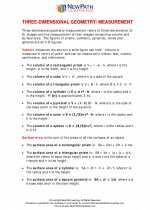
 Worksheet/Answer key
Worksheet/Answer key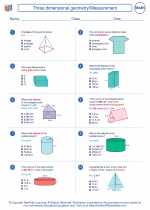
 Worksheet/Answer key
Worksheet/Answer key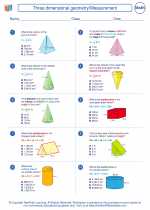
 Worksheet/Answer key
Worksheet/Answer key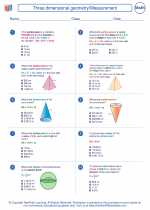
 Worksheet/Answer key
Worksheet/Answer key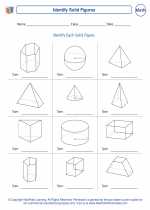
 Worksheet/Answer key
Worksheet/Answer key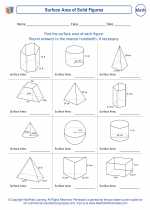
 Worksheet/Answer key
Worksheet/Answer key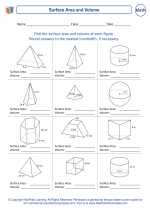
 Worksheet/Answer key
Worksheet/Answer key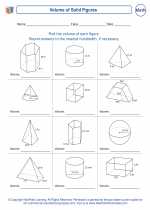
 Worksheet/Answer key
Worksheet/Answer key
 Worksheet/Answer key
Worksheet/Answer key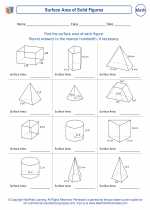
 Worksheet/Answer key
Worksheet/Answer key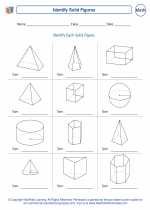
 Worksheet/Answer key
Worksheet/Answer key
